The coolest part of our Natchez Trace Parkway journey over the past year has been the excuse to explore communities neither of us had ever been to, cities like Jackson, Mississippi that were not only vitally integral in the civil rights movement but form part of this new breed of Southern cities that are bending the curve back to progressive growth, inclusivity, justice, smart decision-making, public art, entrepreneurship, and a total reboot of the relationship between the city government and its citizens.
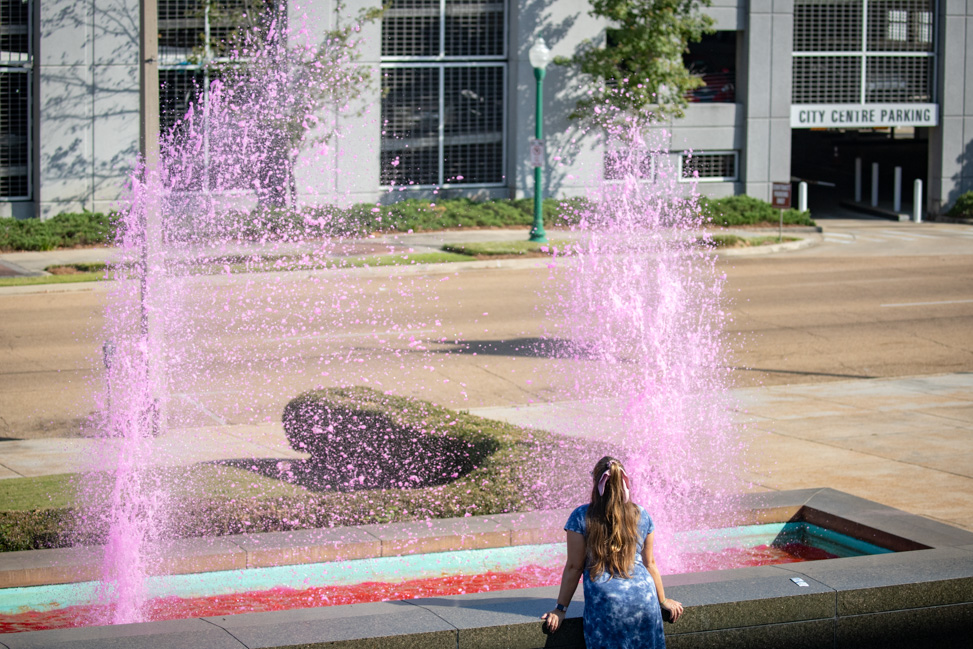
This post was last updated in January 2022.
Jackson is one of those larger cities that feels like it’s on the cusp of restoration after years of neglect, divestment and oppression. There’s a vibe that comes from seeing entire city blocks of industrialized rot start to get used again. There’s an energy to newly created public places that reflect back beauty. And there’s just something about Jackson that even the casual visitor can pick up on: change.
Once again we’d encountered a place in the South that has a complicated, compromised and ethically fraught history, yet is emerging from the darkness, blinking at its past and attempting to reconcile its conflicts. It’s hard work and takes time, leadership and boots on the ground, all attributes we found alive and well in Jackson.
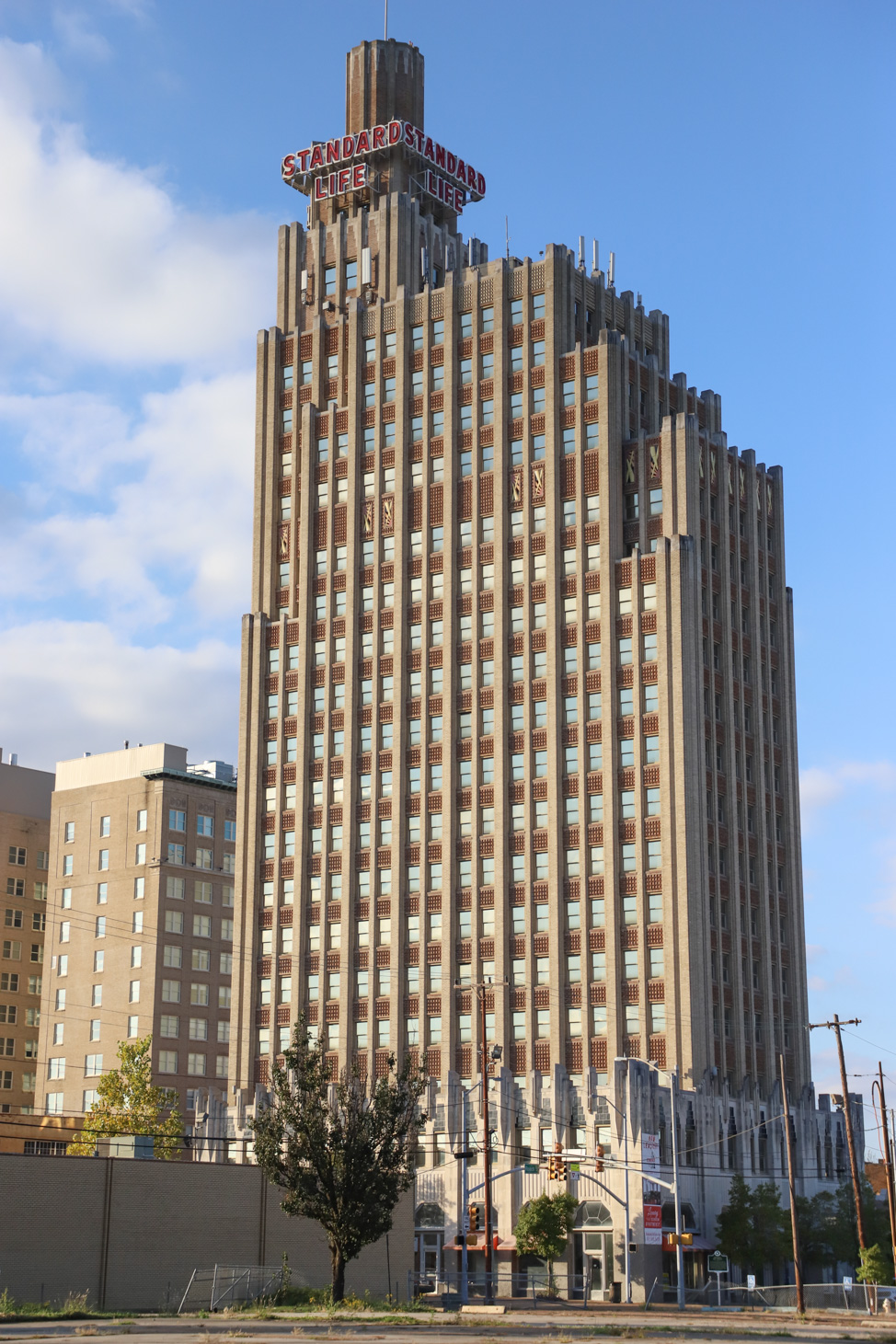
We stayed in the historic Old Capitol Inn downtown, and while we only had a mere 24 hours in Jackson, yet walked away with all the feels and kinetics of witnessing the radical revitalization of a capital city. Here’s why we loved it and can’t wait to get back to explore more.
It’s a city exploring ways for new ideas to thrive
One facet that usually draws us back to a city time and time again is a culture rife with possibilities for entrepreneurs, creatives, makers, and really any everyday citizen with a bit of moxie and a great idea. Cities like New York and San Francisco price out their creative communities—as someone who has lived in both, I can say with confidence it’s hard enough just to pay rent even with a full-time job, let alone take a risk of starting something new—so we’re always keeping our eyes open for places that are both affordable and inviting enough by creating space for entrepreneurs to try something new.
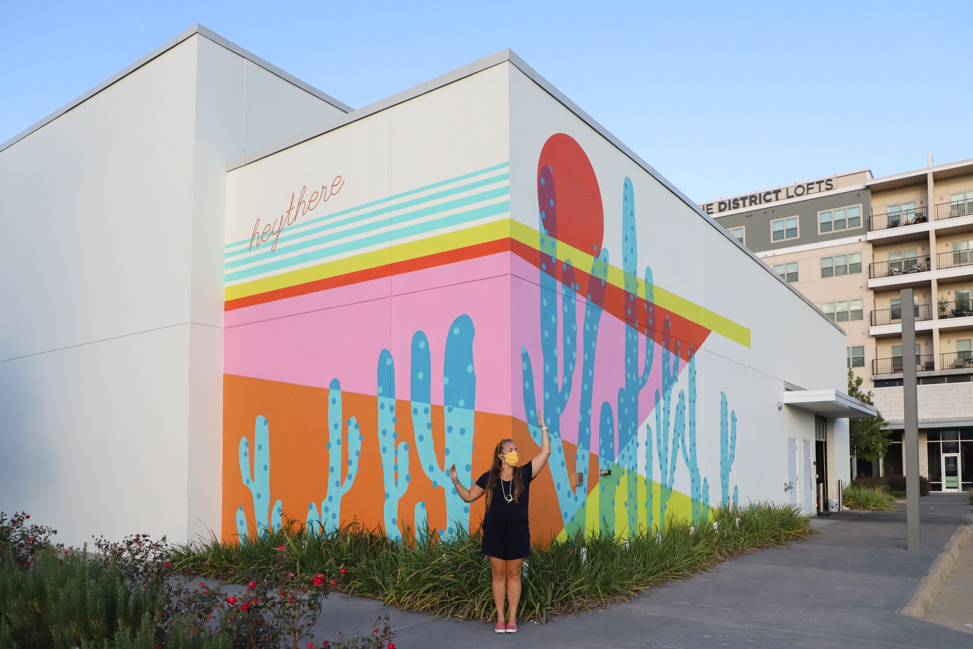
One concept that piqued our interest is Fertile Ground Project, a reimagining of access to healthy food and ingredients within a southern-urban context. After Jackson was named the fattest city in America in 2017, Mayor Chokwe Antar Lumumba—who took office that year at the youthful age of 34—accepted a challenge from Pamela Anderson to go vegan, and his personal health quest was the impetus behind the city-backed Fertile Ground, whose tagline is “inspiring dialogue about food access” and aims to do so by cultivating community through sustainable design strategies and public art.
Alongside it, there’s also Fertile Ground Beer Co., a collaboration with nearly two-dozen local backers who brought the Belhaven neighborhood its first full-scale brewery; Jackson’s beloved Lucky Town Brewing Company closed in 2019 after six years in business, and LD’s Beer Run on Old Canton Road operates a micro-brewing operation under the name Bicentennial Beer. The Capitol City also has a distillery and a handful of taprooms that sell craft beer from elsewhere in the state and the South at large.
Many of Jackson’s coming endeavors will live in or near the new JXN Tech District, and you better believe we’ll have our eyes on its evolution over the coming years.
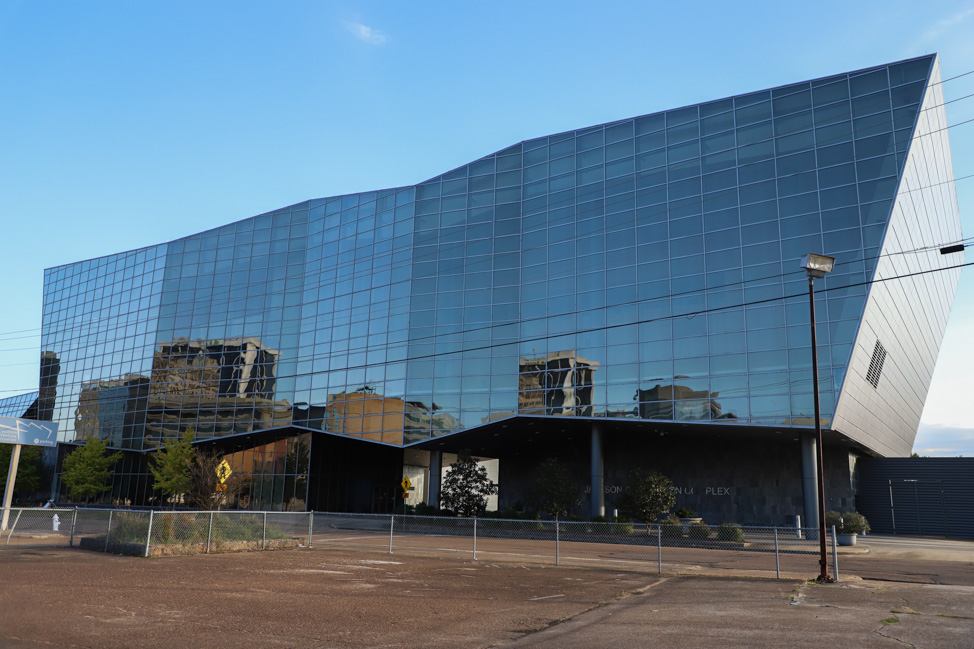
It’s got public art aplenty
We’ve always said that a sign of a vibrant city is one with a robust public art program. Creative placemaking doesn’t happen overnight; it’s something that takes vision and a group of individuals to mindfully plot the course over a series of years or even decades. Knowing that, the presence of placemaking throughout Jackson initially struck me as something visionaries have been going at for quite some time now.
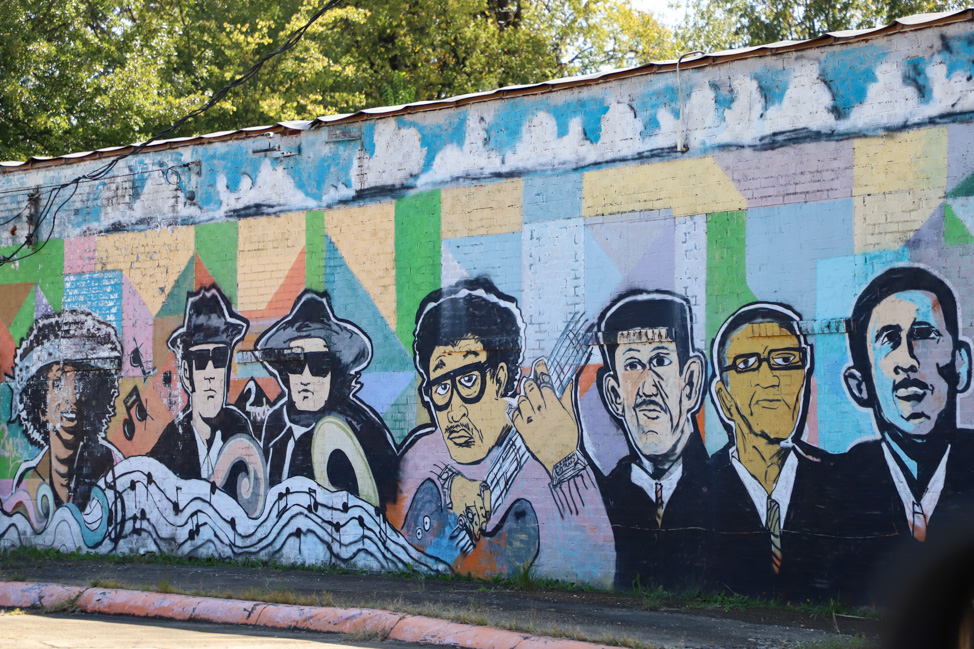
As it happens, our first stop was in Fondren, an artsy neighborhood in the northern part of Jackson that’s just 10 minutes south of our previous Natchez Trace Parkway destination, Ridgeland. We were stopping there for Sunday brunch, as Fondren is also home to some of the best restaurants in Jackson, but were immediately greeted by a pair of murals. More driving around the neighborhood along the train tracks unearthed even more pieces of public art.
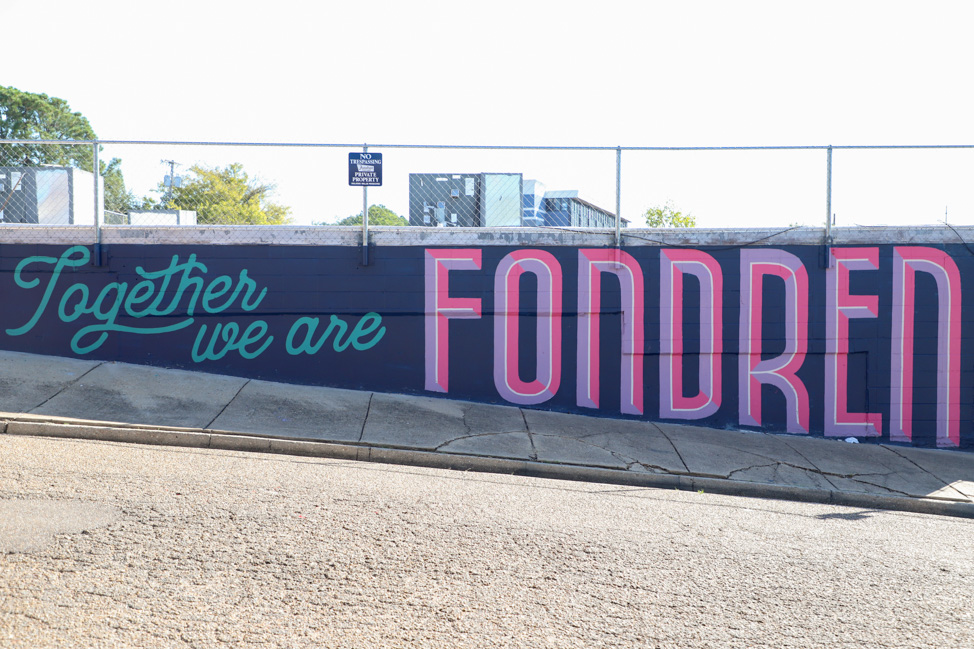
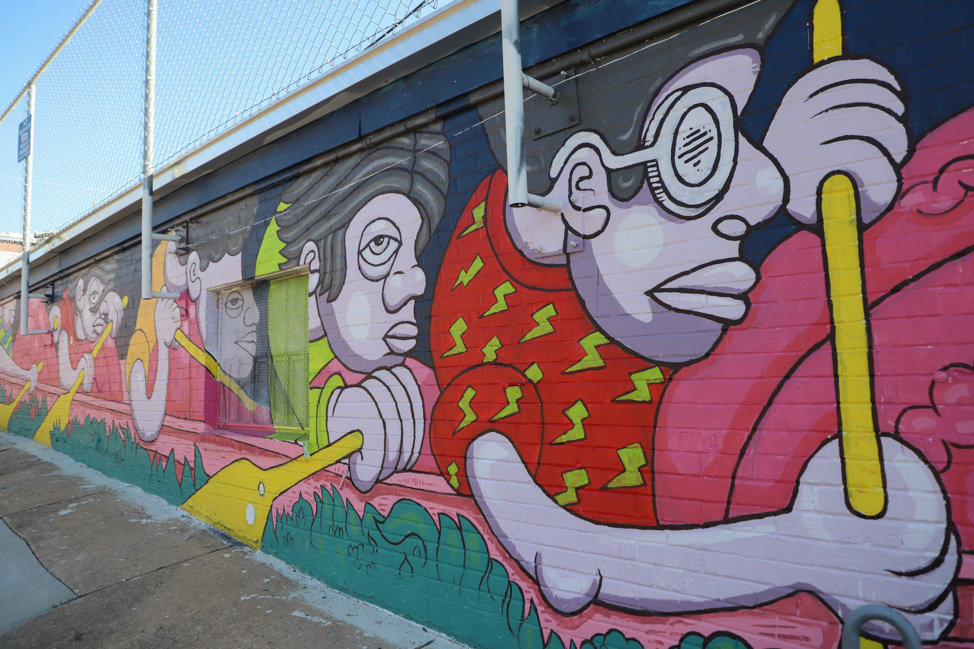
Fondren murals by Scott Allen
Sure, we love our murals—and Jackson has plenty of those. But we appreciate all art, and Jackson has a lot more than just paint on walls. It’s got sculptures, it’s got architectural gems like the convention center and state building, it’s got a whole museum complex dedicated to visual and performing arts with a rails-to-trails museum trail 10 years in the making that is launching very soon and will encourage visitors to get outdoors and explore Jackson’s greenery and cultural assets simultaneously. It’s got many, many reasons to visit beyond murals is what I’m saying.
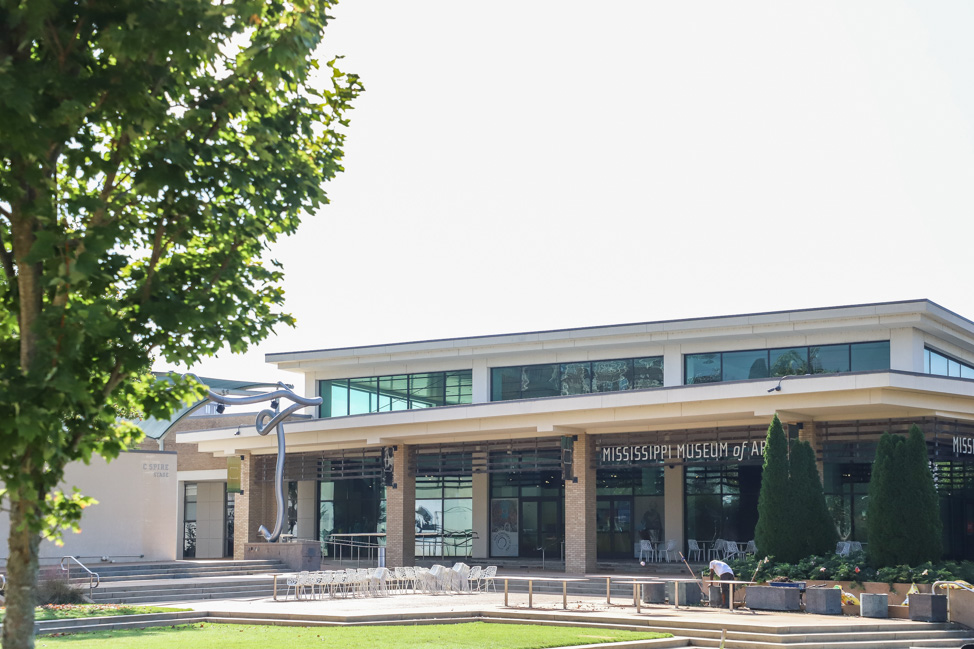
And if you do come to the capital and are a fellow art lover, Visit Jackson has a very handy public art map with more than 75 works location-mapped you can use as your guide to exploring.
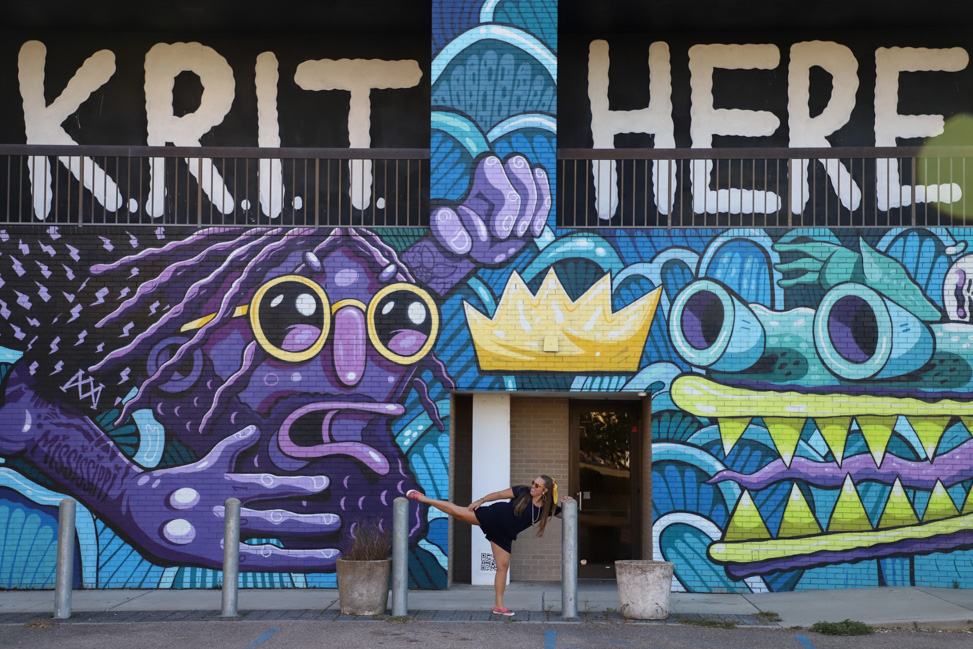
It has many livable factors
If you’ve followed us for any lengthy period of time, you know we rate our favorite cities by livability factors. What does that mean per se? At its core, livability is all about a place’s quality of life—including cultural offerings, built and natural environments, economic prosperity and job opportunities, social stability and equity, education, entertainment, etc. Travel is so much more to us than merely a weekend getaway; it’s unearthing new places where friends, family, blog readers, fellow writers and maybe even the two of us might want to live in the future.
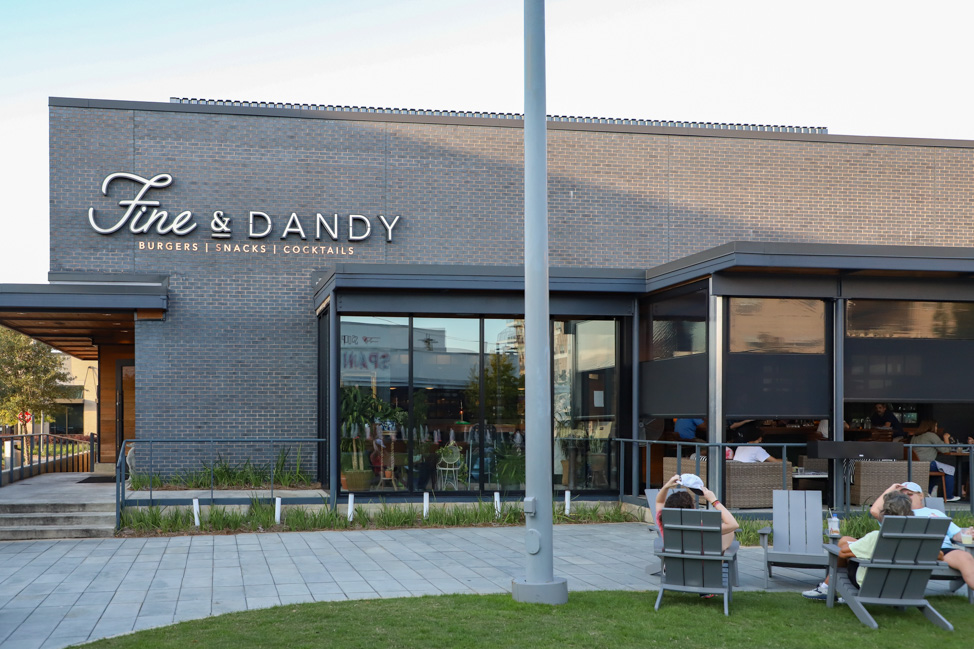
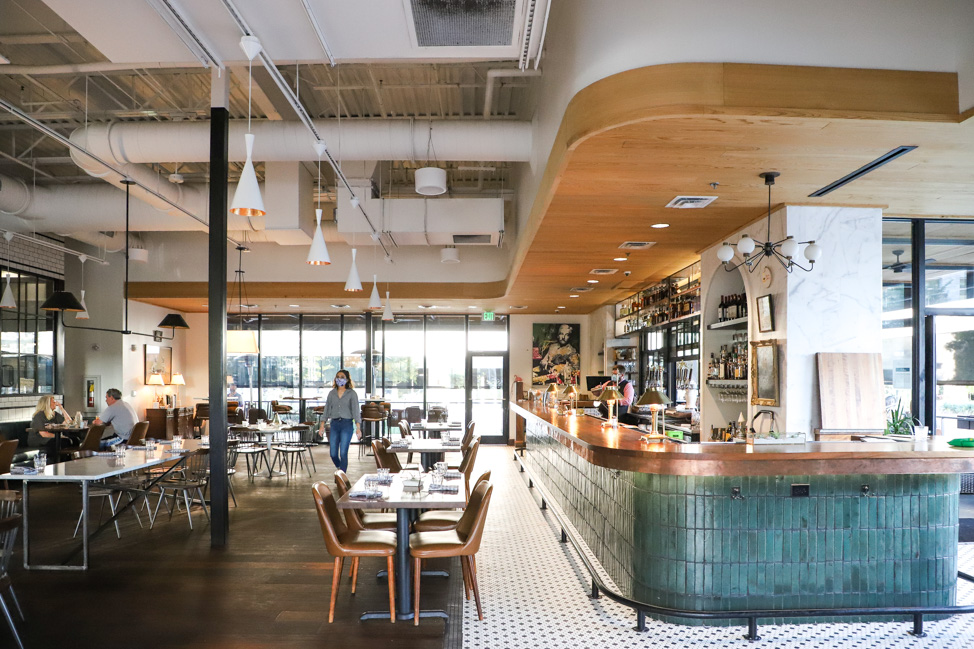
A big metric for us, and likely a big chunk of our generation, is the potential energy of a place, often driven by the activists, groundbreakers, placemakers, third spaces, and the actual empty buildings that would make for a cool brewery, co-op, apartment or arts destination. These intangibles, in addition to affordability in a time when we’re shifting into a new era of remote work that does not require going broke while working at corporate headquarters in an expensive city, give the region a big plus-up.
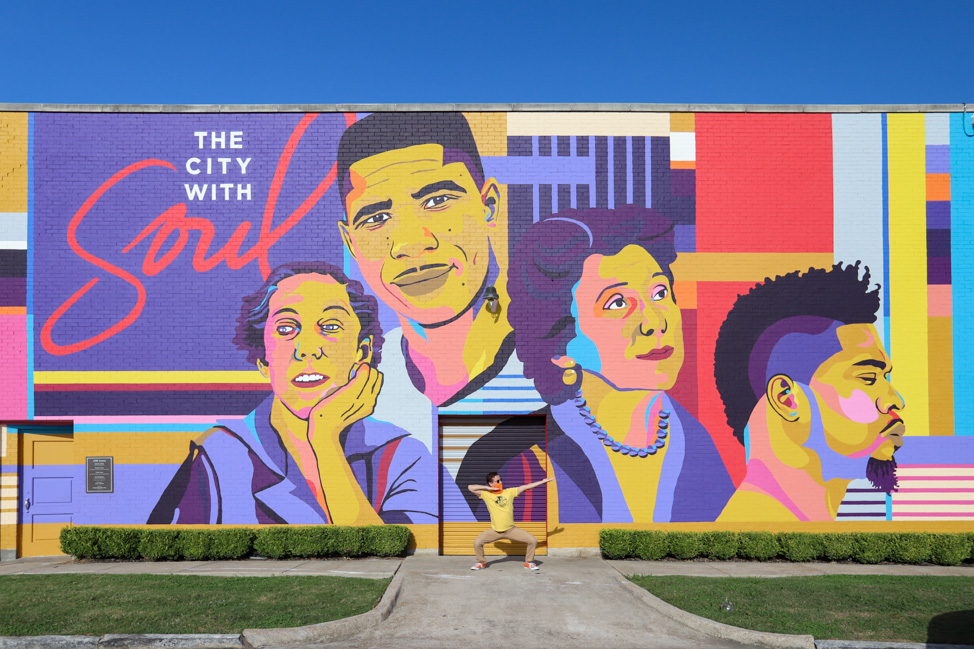
The City with Soul mural by Reshonda Perryman
I’m not going to lie: SVV and I are forever “interviewing” potential cities for future places to live down the line, and after even just a short time in Jackson, I would not rule it out.
It’s a place not afraid to confront its past
Growing up in the white-washed public schools of the South, I was not given the tools I should have been offered to fully understand the civil rights movement and how it shaped the very region in which I was born and raised. As an adult, it’s on me to self-educate, and luckily my privilege to travel—particularly within the Southeastern quadrant—has afforded me ample opportunities to confront my own region’s past that’s mired in conflict.
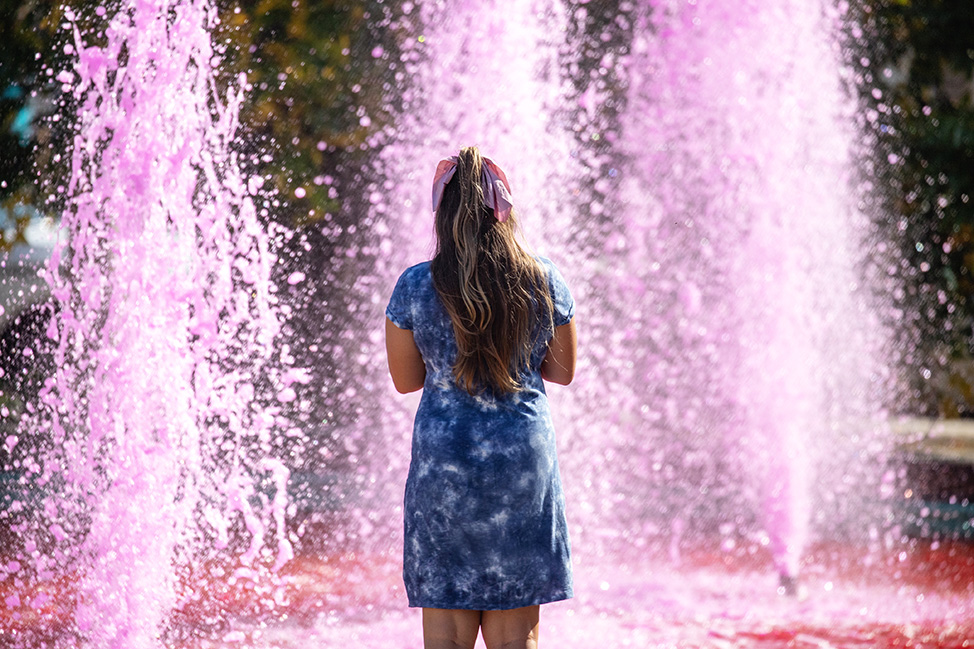
More than 82 percent of the city’s present-day 160,000 population is Black. Jackson is on both the U.S. Civil Rights Trail and the Mississippi Freedom Trail. If you look at the city’s location within the region and overlay former plantations and the internal slave trade prior to the Civil War, it’s easy to see the reason for this. Millions of people were released from slavery in 1865 and then tugged around by militarily defeated but politically powerful antagonists and continue to shape this area of our country in profoundly meaningful ways.
After visiting Memphis so many times throughout the years and writing about Dr. Martin Luther King’s impact, John Lewis’ legacy in Tennessee and the many other civil rights icons who left their mark on my home state, Jackson seemed the logical next step for my personal development—and in our limited time there, we were only able to just scratch the surface.
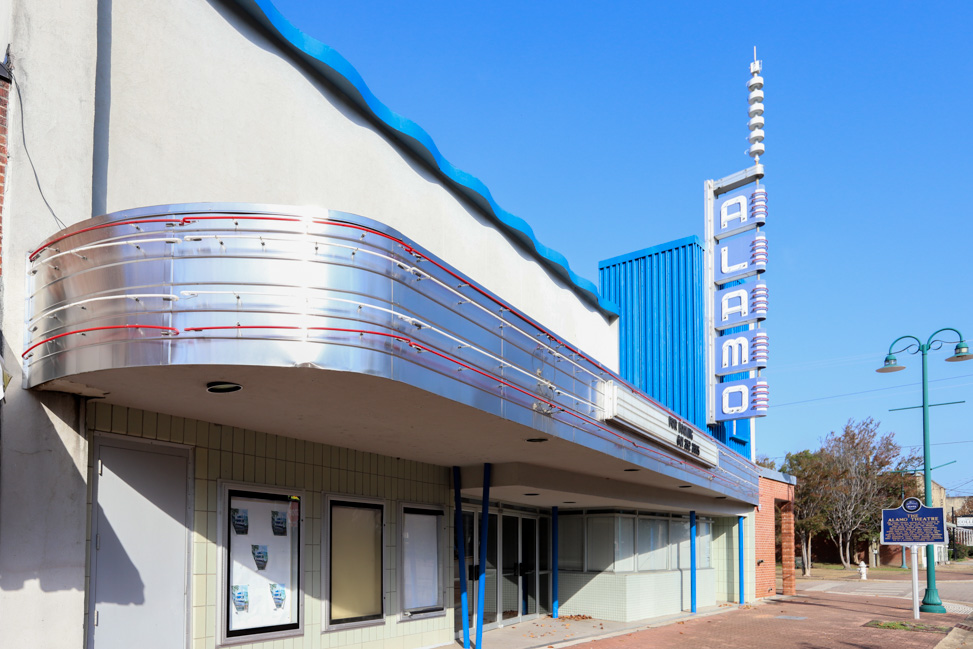
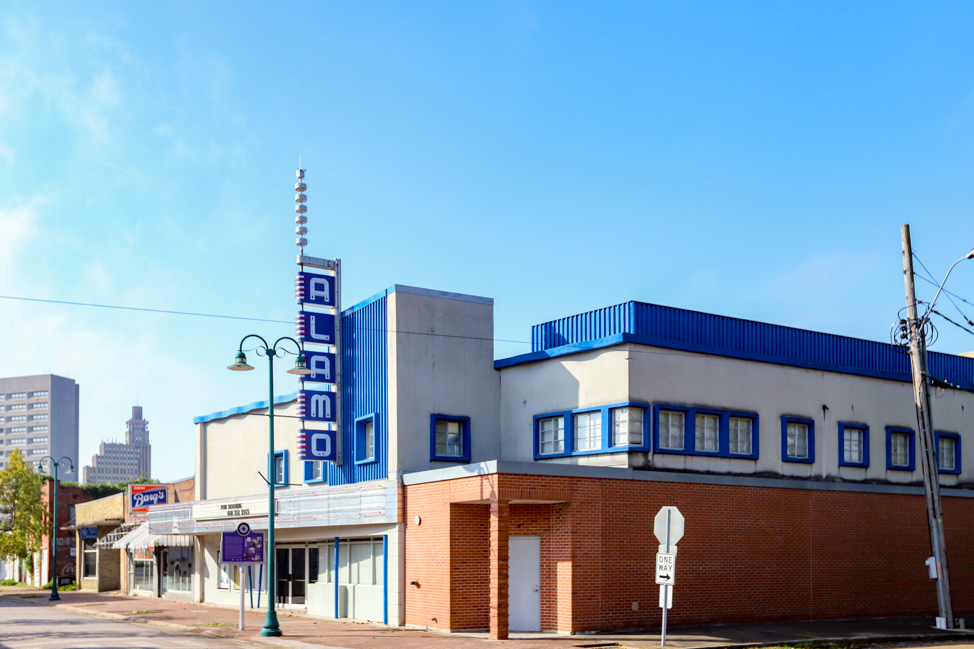
If you’re taking a self-guided tour of Jackson, as we did, keep your eyes peeled for the many Freedom Trail markers that point out the sites of historic events like the sit-in at Woolworth’s and the Greyhound Bus Station where Freedom Riders in the 1960s traveled in from across the country to be purposely arrested inside illegally segregated areas, challenging the city’s non-enforcement of Supreme Court rulings.
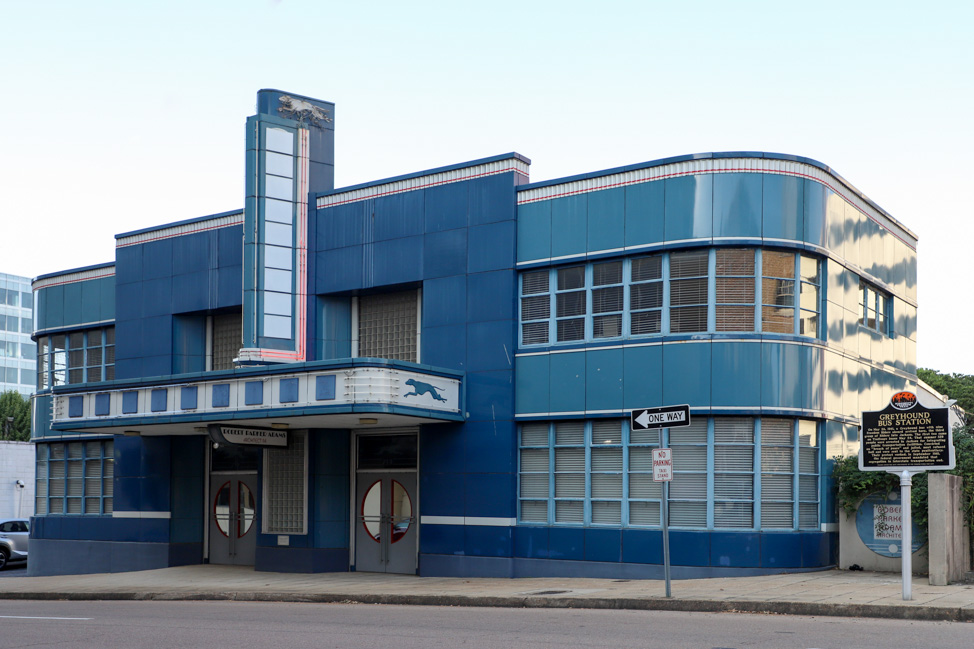
Of course, the ultimate destination to educate yourself is the Mississippi Civil Rights Museum. My full-body chills gave way to anger when I watched a short film about NAACP field secretary’s Medgar Evers assassination by a member of the Ku Klux Klan. I felt nauseated when I stepped in the immersive display of lynchings, complete with visuals and graphic sound effects. This is a place to make yourself uncomfortable with our history and I cannot recommend it enough.
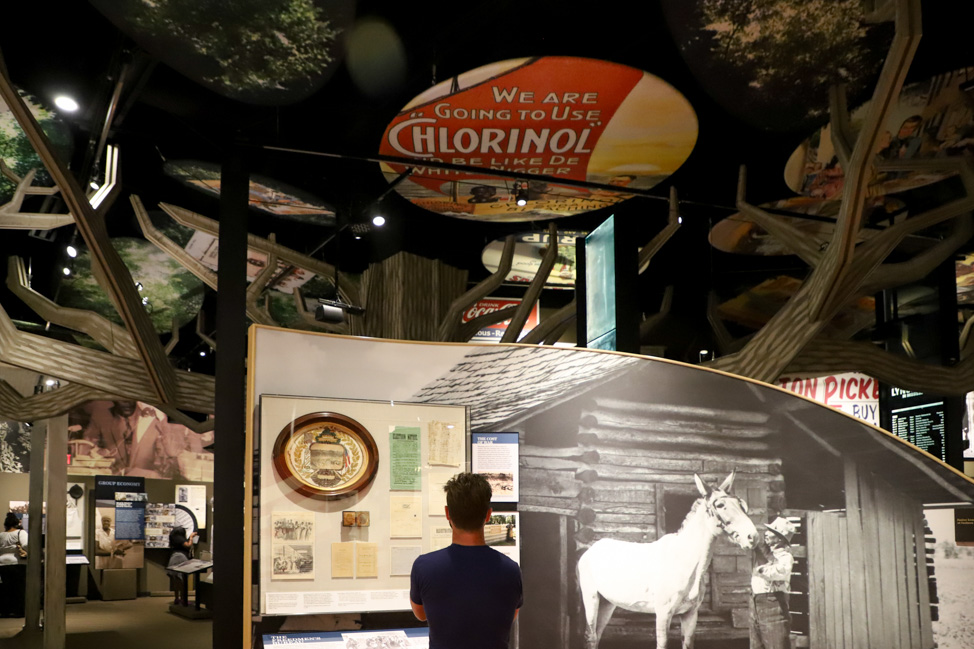
I felt extreme admiration and love for all the Freedom Riders who had so much to lose, yet carried on anyway. And, finally—after the last gallery that posed the question “where do we go from here?”—I left with a sense of hope after reading the powerful words of Mississippi activists devoting their lives to changing the landscape of the South for all future generations to come.
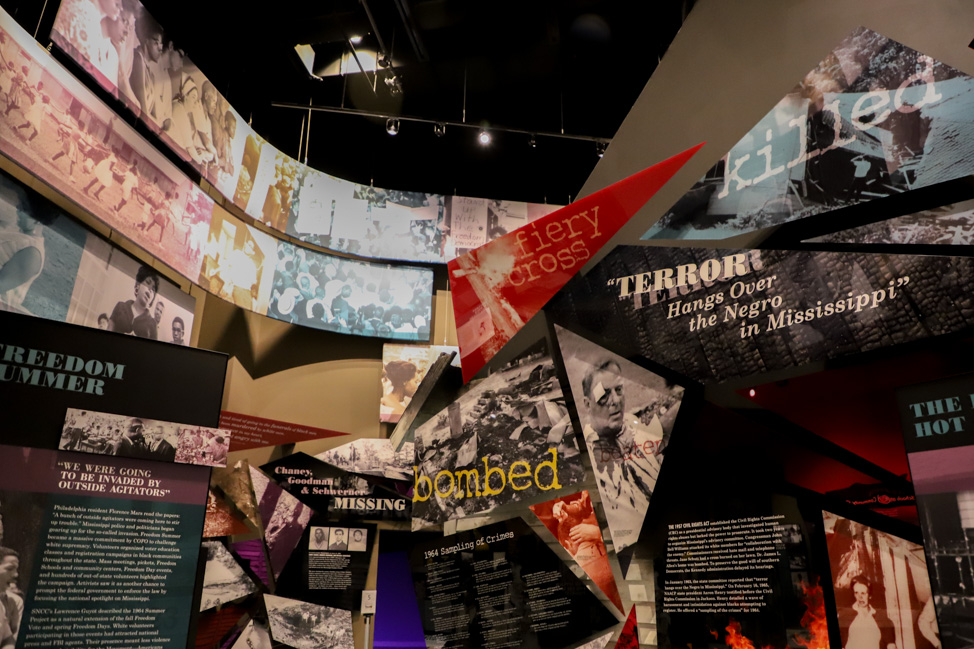
Go now — or plan your trip to Jackson for later
We fully realize the implication of promoting travel during a global pandemic, and we only want you to plan road trips if you are following CDC guidelines, monitoring local health advisories and quarantining when you get home. While we are confident in the vaccine, we would never suggest you go anywhere without it or to a city that is not exercising safety precautions.
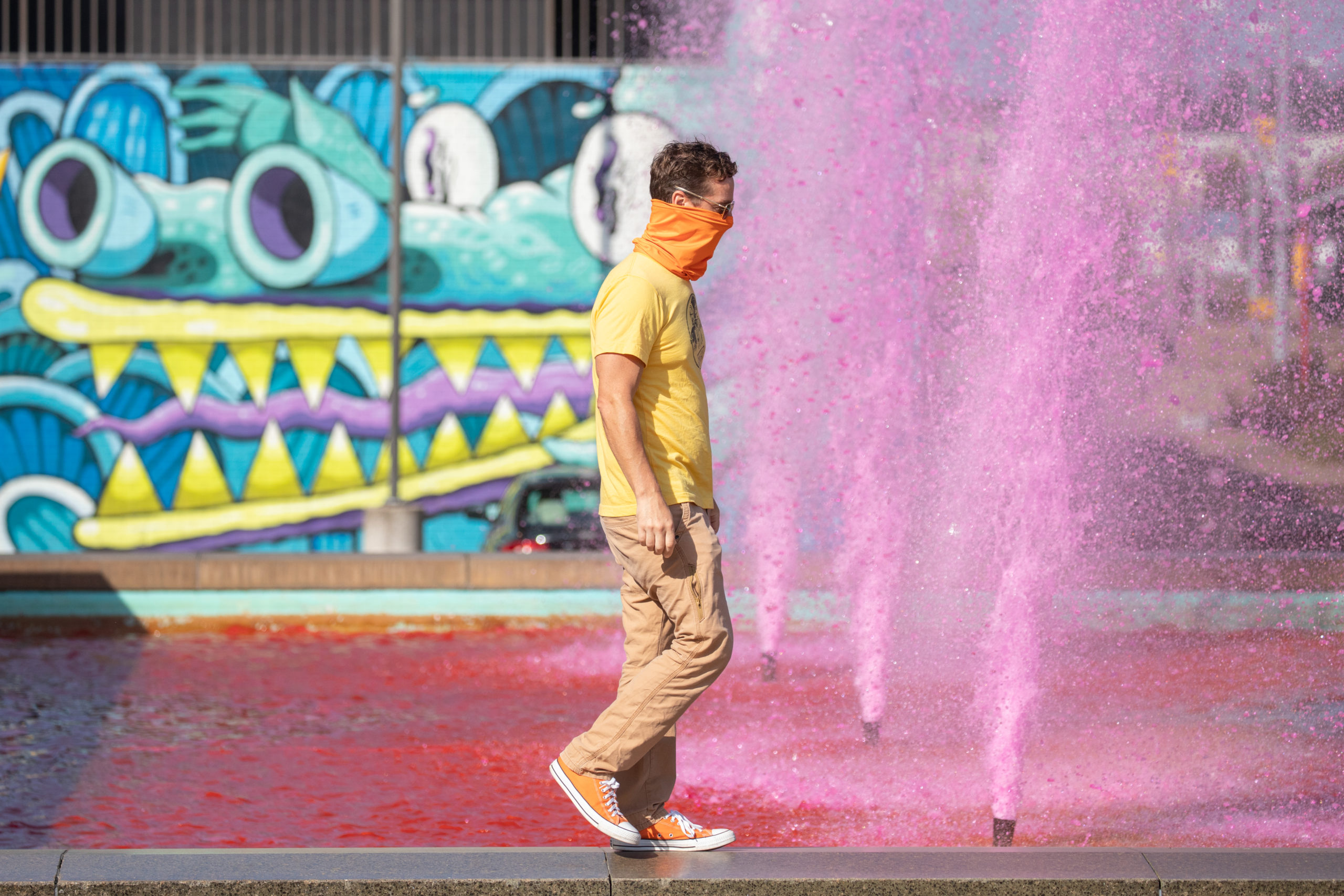
Big K.R.I.T. mural by Birdcap
Before you go to Jackson, check the Mississippi State Department of Health’s list of all Mississippi counties requiring masks. Even if there isn’t a mandate, I encourage you wear a mask for your own safety as well as those around you.
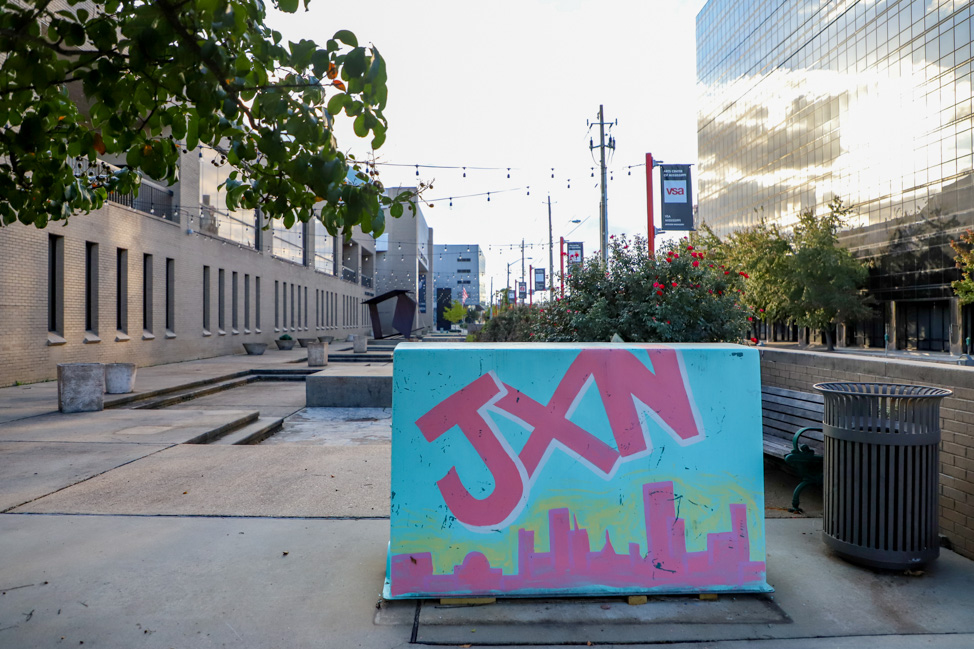
But ultimately, it’s up for you to decide if you visit now or use this post as inspiration for later. As always, whether you’re traveling or staying home, please wear masks, wash your hands often, and avoid large crowds. It’s not only the right thing to do, it’s the safe thing to do.
This post contains affiliate links.
PIN IT! SAVE THIS POST FOR LATER
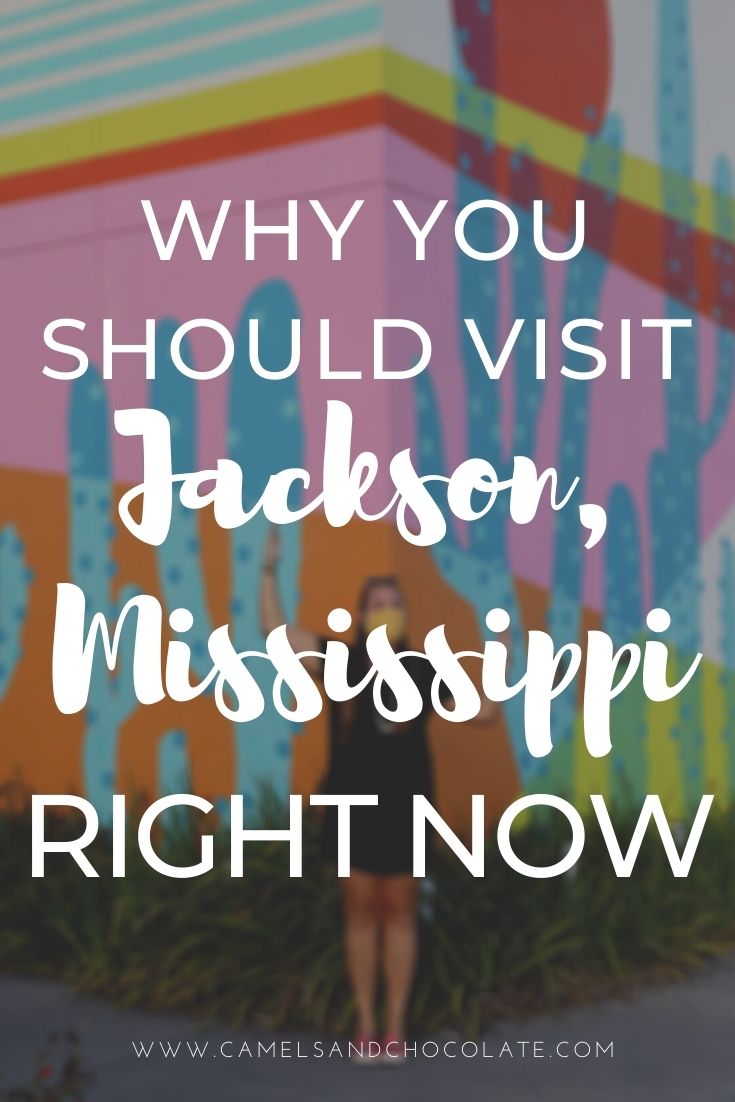
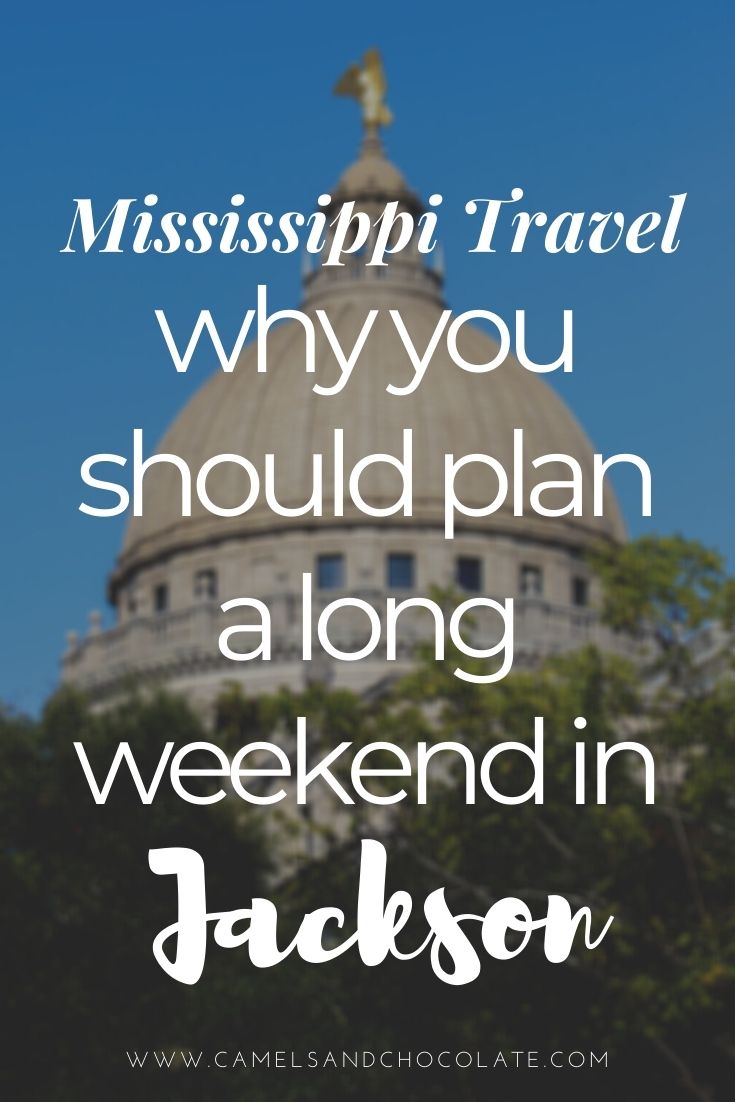
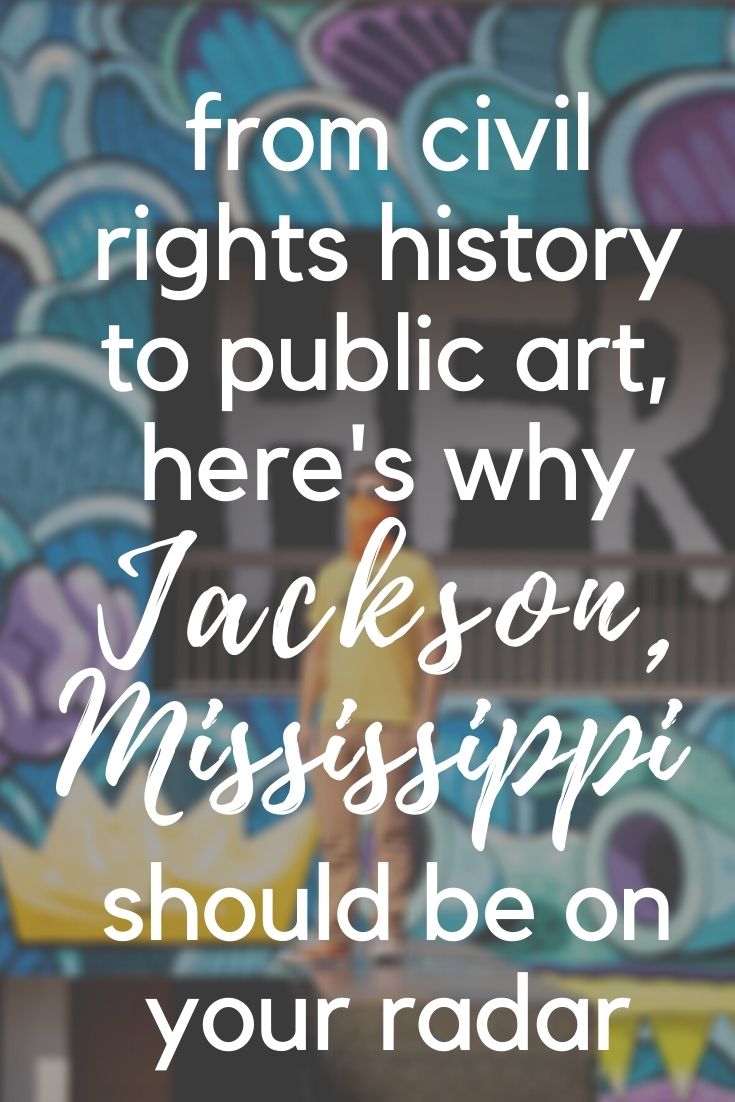
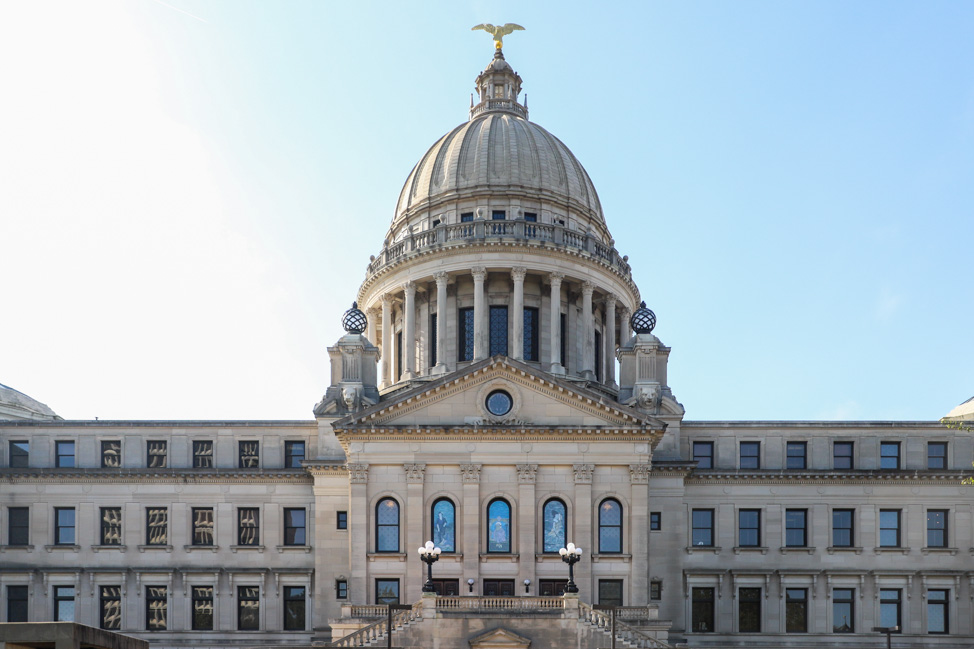
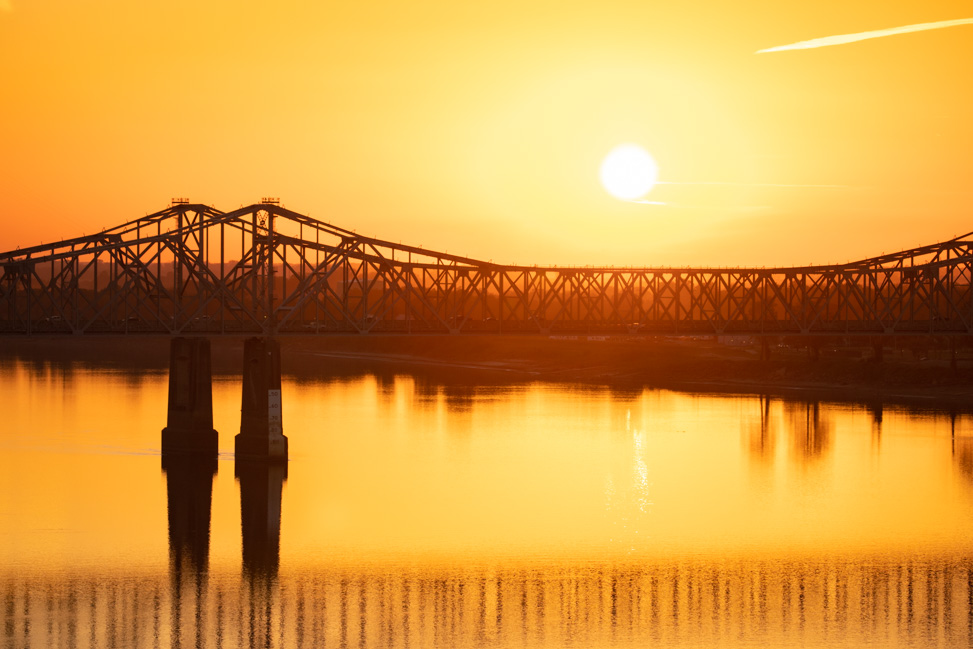
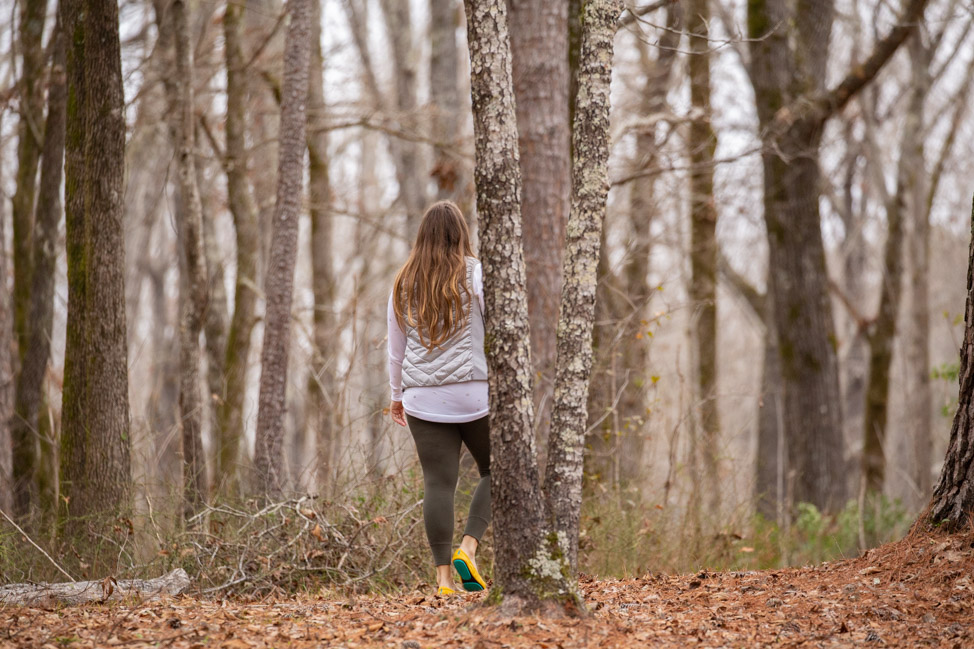
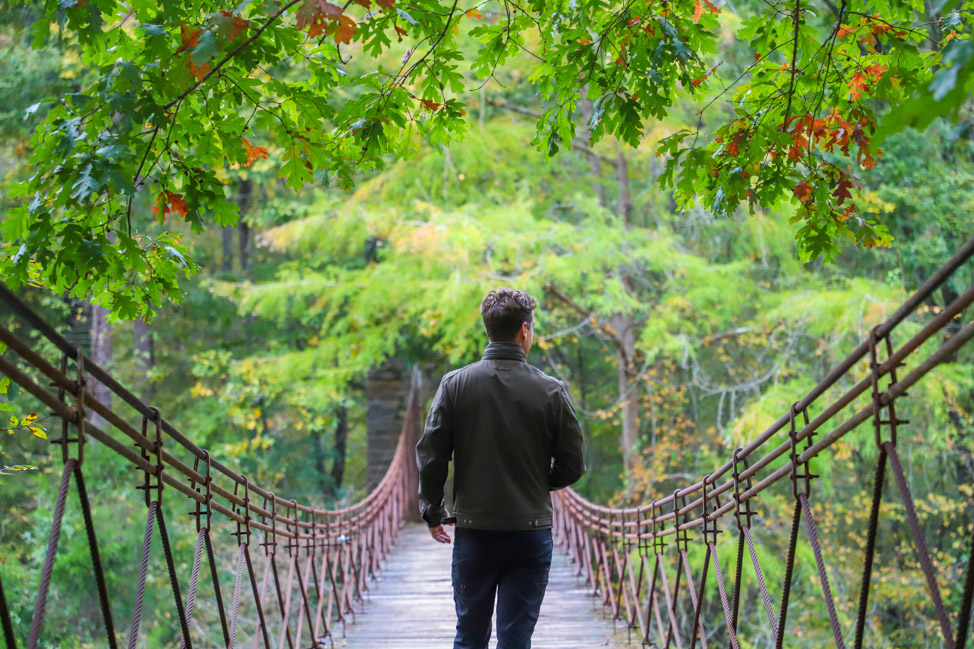
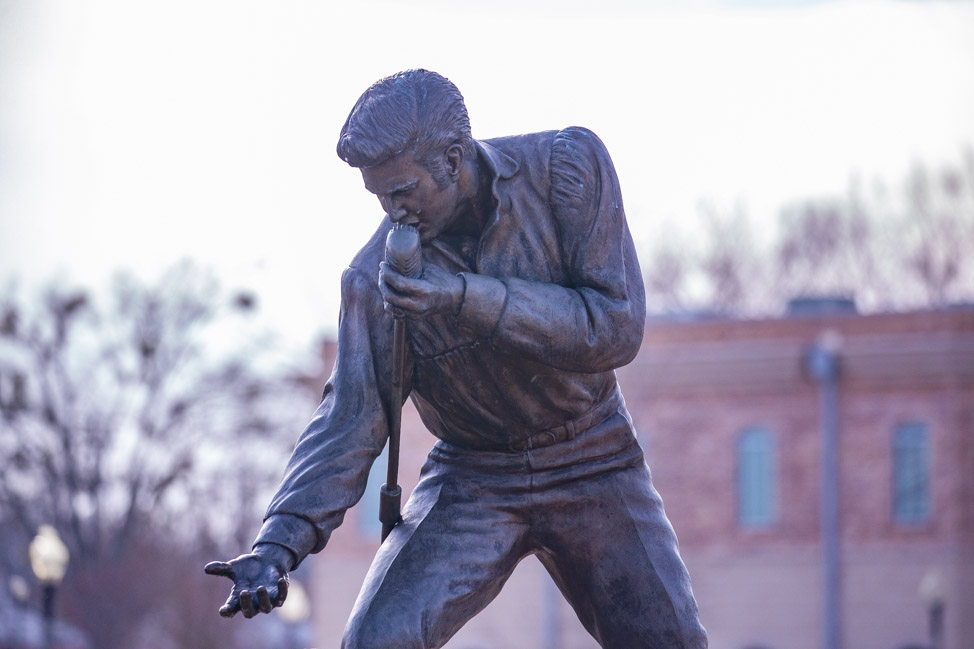
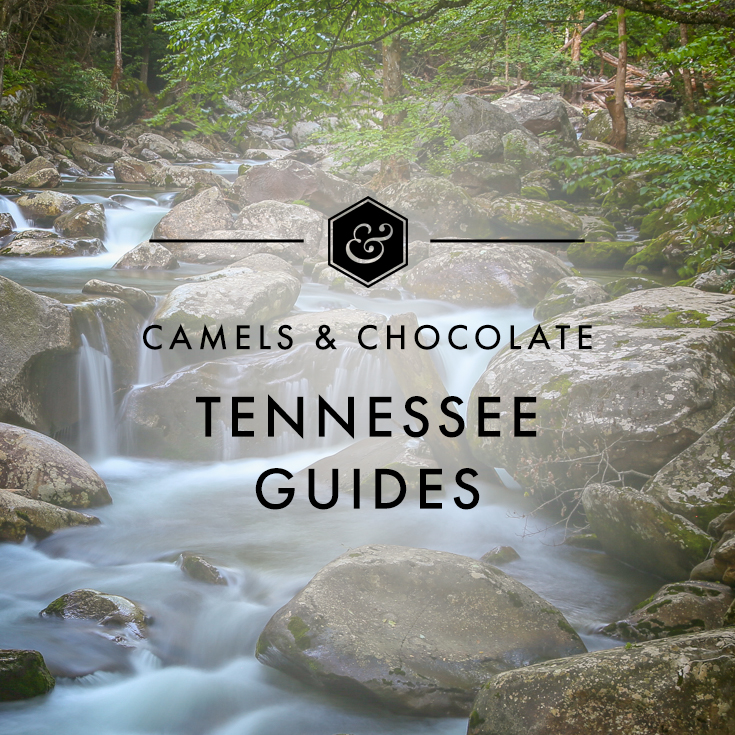
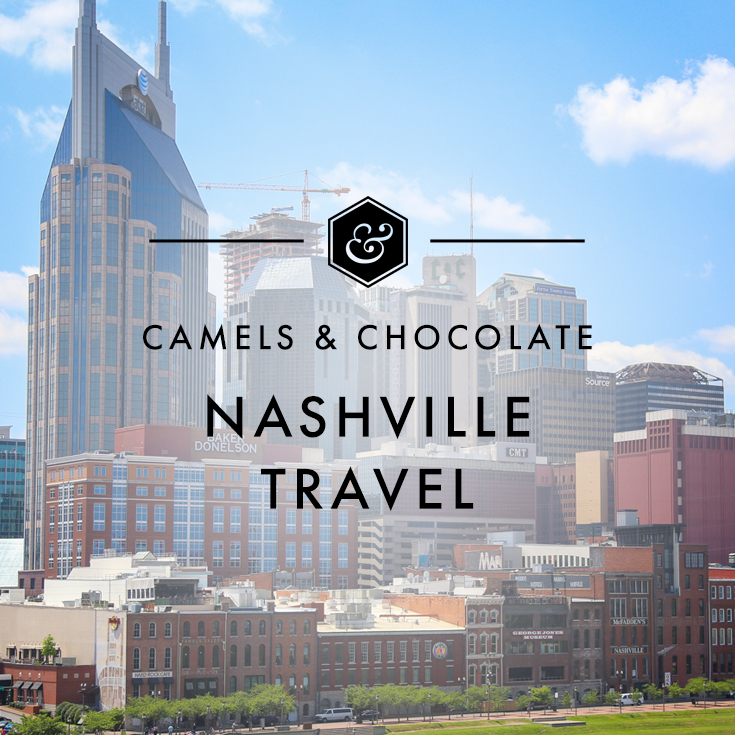
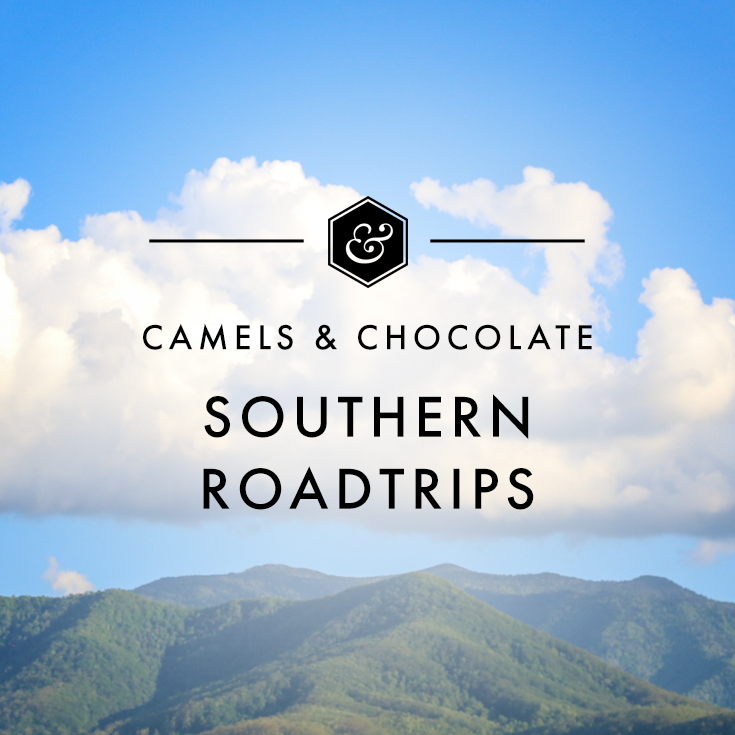







Kristin, very interesting about how Jackson is looking at its past. I spent a good bit of time in Jackson in the 80’s and early 90’s. Even as an old white guy, I felt uncomfortable with the amount of segregation that still existed. I am glad to see that it is finally changing. I hope my book gave you some insight as to how things were back then.
Thanks for adding this onto our radar! So much important history to learn about and from. It’s on our list now after we’re able to travel again!!
hello. I am inquiring about a tv peice i saw several months ago in which a group of college students excelled in their education and returned to their home town of Jackson to give those who were less fortunate an opportunity to attend college. I can recall the group purchased a warehouse, and painted a mural on the side of it. this began as the headquarters for the company. if you know of any such company could you please direct me accordingly
Sincerley Carolyn Carter GM for the Midwest Invitational Black Rodeo
Hello! I think it may be Bean Path in the Jxn Tech District.